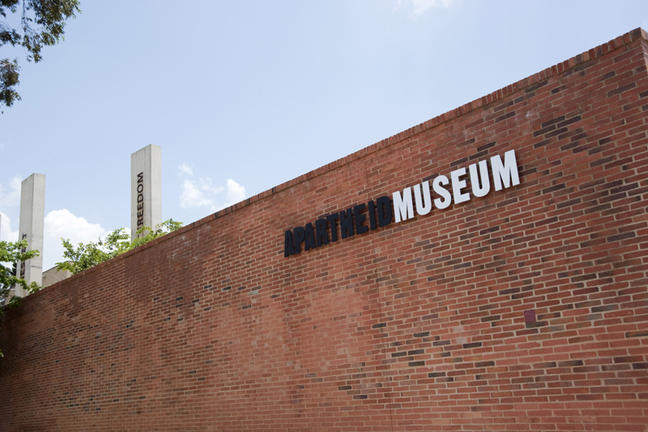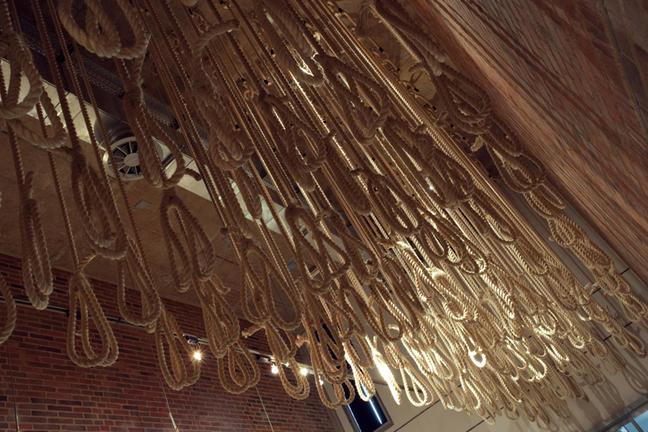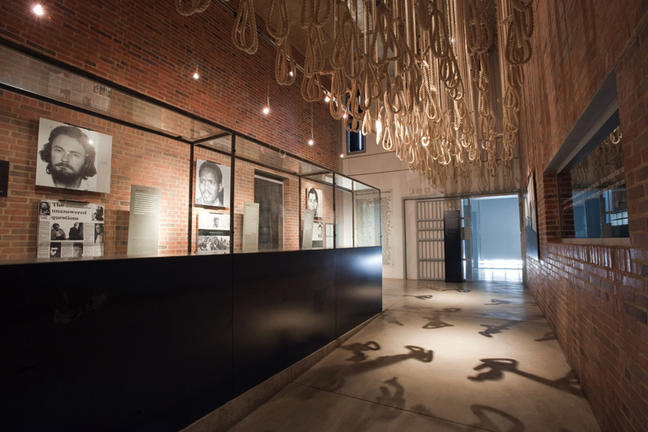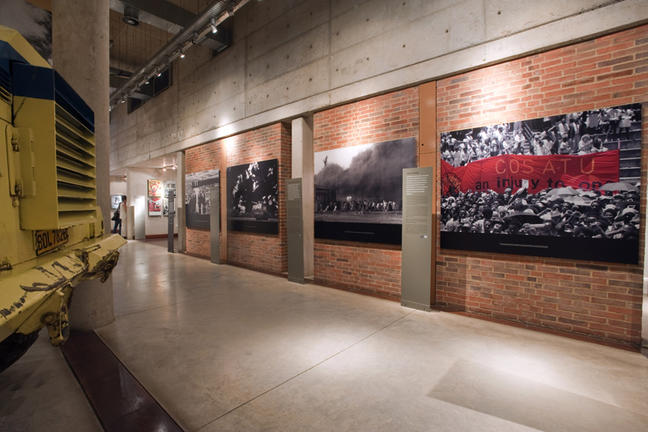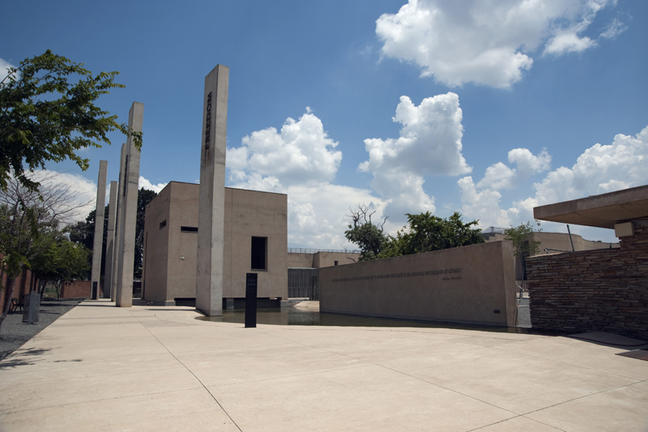The Apartheid Museum is vitally important – it’s the heart the apartheid story. It is the pre-eminent museum in the world which chronicles the rise and fall of the apart-ness forced upon 11 million people under the Population Registration Act of 1950. The museum relies on donations, contributions, and sponsorship to operate. While a superb example of design, space and landscape, offering the international community a unique South African experience, a visit to the museum is vital for anyone wanting to learn about the past, and how South Africa has become the warm-hearted, multi-racial country it is today.
The exhibits, assembled and organised by a multi-disciplinary team of curators, film-makers, historians, and designers, include provocative film footage, photographs, text panels and artefacts illustrating the events and human stories of Apartheid.
There are three main types of exhibits at the Apartheid Museum:
- The Permanent Exhibition
South Africa’s struggle for liberation was long and difficult. After centuries of colonialism, and more than 40 years of apartheid, freedom for all South Africans was finally achieved in 1994. The permanent exhibition is a trip through time from those dark days to a place of healing founded on the principles of a democracy.
Apartheid was founded on racial classification. To ensure everyone knew ‘where they belonged’, people were classified as, ‘native’, ‘coloured’, ‘Asian’ or ‘white’. Many identity documents, the main tool used to enforce this, are on display in the museum.
To make everyday reality under apartheid a more visceral experience, visitors are arbitrarily classified as either white or non-white on arrival. Once classified, visitors can only enter the museum through the appropriate gate.
- The Mandela Exhibit
Nelson Mandela, South Africa’s first black president, was central to South Africa’s struggle against apartheid. He spent 27 years in prison, many of them on Robben Island, as a result. He was pivotal to the 1990 negotiations, and built a new nation, one very few believed was possible. In prison, Mandela discovered the power of forgiveness, and in 1995, one year after South Africa’s independence, he appointed Archbishop Desmond Tutu to chair the Truth and Reconciliation Commission to promote re-conciliation and forgiveness among perpetrators and victims of apartheid.
- The other exhibits are constantly changing and always well-worth experiencing.
